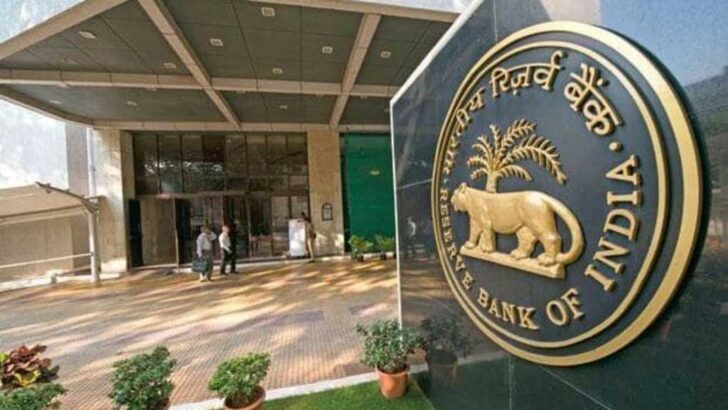RBI monetary policy 2024: In its first bi-monthly committee meeting for FY24–25, the Reserve Bank of India (RBI) maintained the real GDP growth forecast for the current fiscal year at 7%.
The GDP growth target for Q1 FY25 was adjusted to 7.1% from the previous 7.2%, while for Q2 FY25, it was revised to 6.9%, up from the previous forecast of 6.8%. The growth rate for Q3 FY24 remains unchanged at 7% from previous forecasts. In the final quarter of the fiscal year, the RBI revised the growth rate to 7% from the previous 6.9%.
In the quarter ending December 2023, India’s GDP growth rate reached 8.4%, significantly surpassing the RBI’s projections. This reaffirms India’s position as the fastest-growing major economy globally. According to NSO’s second advanced estimate, India is projected to grow by 7.6% in FY24, an increase from 7.3% in FY23.
Governor Shaktikanta Das says, “India presents a different picture on account of its fiscal consolidation and faster GDP growth. Turning to domestic growth, domestic economic activity continues to expand at an accelerated pace, supported by fixed investment and an improving global environment.”
Repo rate unchanged
Regarding policy rates, the Reserve Bank of India (RBI) maintained its benchmark interest rate (repo rate) at 6.5% following a three-day meeting. This marks the seventh consecutive occasion where the RBI has opted to keep rates stable.
Furthermore, the MPC, led by RBI Governor Shaktikanta Das, kept the standing deposit facility and marginal standing facility rates unchanged at 6.25% and 6.75%, respectively.
“The MPC also decided by a majority of five out of six members to remain focused on the ‘Withdrawal of Accommodation’ to ensure that inflation progressively aligns with the target while supporting growth,” said RBI Governor Shaktikanta Das.
The MPC’s decision to maintain the status quo aimed to align with the objective of attaining a 4% target for consumer price-based inflation (CPI).
Earlier SBI research said that the RBI might only consider cutting rates in the third quarter of the fiscal year 2025 (Q3FY25), as historical trends suggest that interest rates in emerging economies change with a lag of two months in response to rate changes in developed economies like the US and the UK.
However, SBI Research emphasized that India deviates from this trend, as the central bank’s rate actions aren’t strongly influenced by rate movements in advanced economies.


Leave a Reply